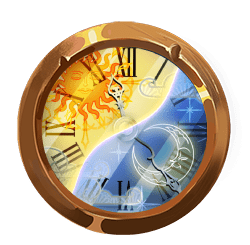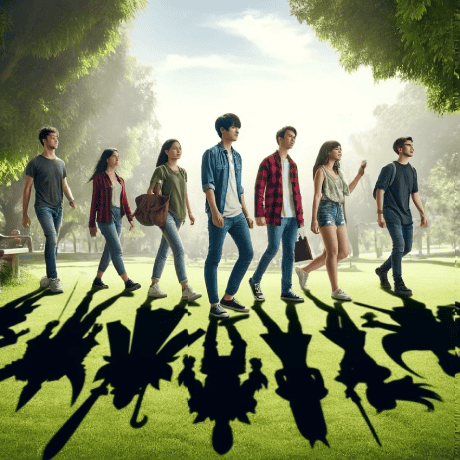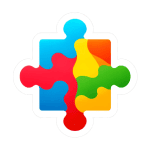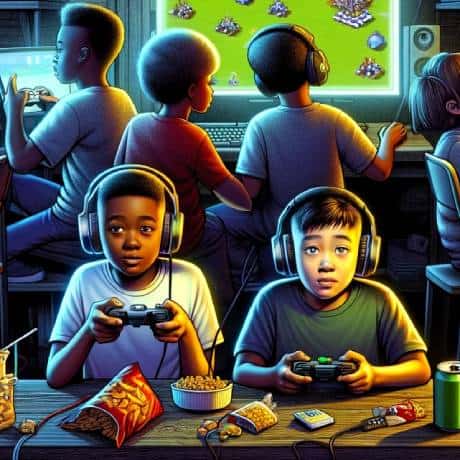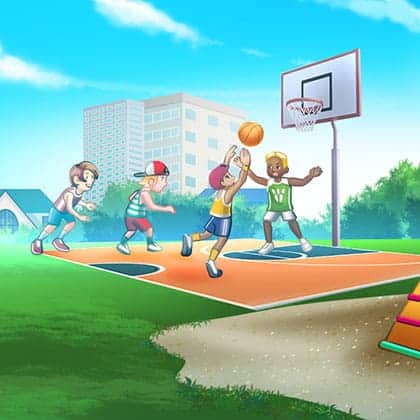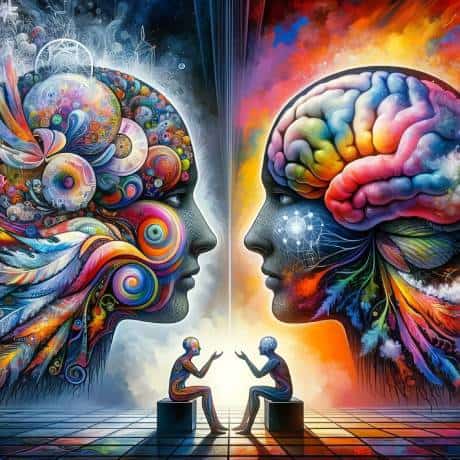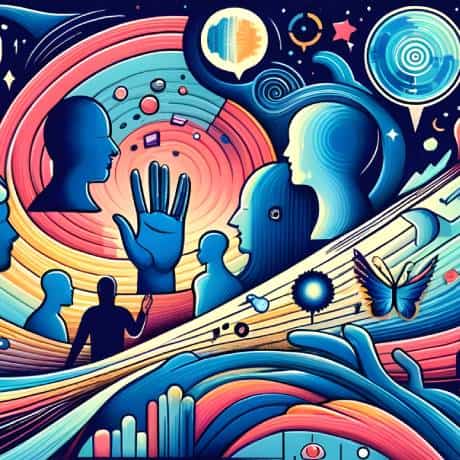Discovering Your Mindscape: What Brain Type (Cognition) Are You?
Have you ever pondered the idea that not all of us have a voice in our heads? Indeed, the symphony of our internal experiences does not play the same for everyone. Some of us don’t engage in silent dialogues or visualize vivid scenarios. Instead, our minds might dance to the rhythm of abstract concepts, or maybe some can even “see” music notes as floating melodies 🎶👀. Just as our bodies exhibit a magnificent tapestry of diversity, so too do our brains weave unique patterns of thought and perception. And although we might find common ground on certain ideas, the paths our minds travel to reach these agreements are as varied as the landscapes of the world we live in.
Table of Contents
Types of “Brains” Cognition
Within this rich tapestry, here are some of the types of “brains” people might have, each experiencing the world in profoundly different ways. Also, see the “If you” lists for activities that align with and challenge our dominant cognitive style, you can further nurture and develop our unique ways of thinking and perceiving the world.
📖 The Verbal-Narrative Brain
Thoughts manifest as a constant stream of words, forming a running commentary or dialogue inside the head.
If you:
- Regularly engage in reading and writing activities to stimulate your verbal skills and imagination.
- Keep a journal or diary to express thoughts, feelings, and daily experiences in a structured format.
- Participate in discussions, debates, and storytelling workshops to refine your narrative skills and verbal expression.
- Practice creative writing exercises, such as poetry, short stories, or scriptwriting, to enhance your ability to convey complex ideas through words.
🖼️ The Visual-Spatial Brain
Perceives thoughts in images, shapes, and visual scenarios, often thinking in 3D or vivid pictures rather than words.
If you:
- Engage in visual arts, drawing, painting, or sculpting.
- Use mind mapping for organizing thoughts and ideas.
- Play 3D puzzles and video games that require spatial reasoning.
- Practice visualizing concepts and scenarios vividly in your mind.
💡 The Abstract-Conceptual Brain
Thinks in abstract concepts or feelings rather than concrete images or words, understanding complex ideas through intuition or metaphor.
If you:
- Engage in philosophical discussions and theoretical exploration.
- Read and write poetry or speculative fiction that plays with abstract ideas.
- Solve abstract puzzles that require conceptual thinking.
- Explore new concepts through metaphors and analogies.
🎵 The Musical-Rhythmic Brain
Experiences thoughts through musical patterns or “see” music as visual patterns or colours (akin to synesthesia).
If you:
- Learn to play a musical instrument or deepen your knowledge of one.
- Listen to a wide range of music genres and analyze the patterns.
- Compose music or create remixes of existing pieces.
- Explore music theory and the mathematics of music.
🤸♂️ The Kinesthetic-Somatic Brain
Thoughts are closely linked with bodily sensations or movements, “thinking” through muscle memory or physical sensations.
If you:
- Participate in dance, sports, or martial arts that require bodily coordination.
- Engage in hands-on activities like woodworking, gardening, or crafting.
- Practice mindfulness and body-awareness exercises.
- Use physical activity as a way to learn and memorize new information.
🔢 The Logical-Mathematical Brain
Processes thoughts through logical structures, patterns, and numbers, with systematic and analytical thinking.
If you:
- Solve mathematical problems and puzzles regularly.
- Engage in programming or learn a new coding language.
- Practice logical reasoning games and brainteasers.
- Explore the sciences, focusing on methodical experimentation and analysis.
🗣️ The Interpersonal-Social Brain
Thoughts deeply influenced by social interactions, often considering the perspectives of others.
If you:
- Engage in group discussions and team-based projects.
- Volunteer for community service to interact with a variety of people.
- Practice active listening and empathy in conversations.
- Participate in social networking and group activities that foster connection.
🤔 The Intrapersonal-Reflective Brain
Highly self-reflective, spending a lot of time examining one’s own thoughts, feelings, and motivations.
If you:
- Keep a journal for self-reflection and personal development.
- Practice meditation and mindfulness to explore inner thoughts and feelings.
- Set aside time for solitude to ponder personal goals and values.
- Engage in therapy or counseling to deepen self-understanding.
🌿 The Naturalistic Brain
Thinks in terms of natural patterns, understanding the world through a lens that aligns closely with nature and natural phenomena.
If you:
- Spend time outdoors, hiking, birdwatching, or studying natural phenomena.
- Engage in environmental conservation efforts.
- Grow a garden or maintain houseplants to connect with the cycle of life.
- Study the patterns and systems within nature, such as ecology or botany.
✨ The Existential-Metaphysical Brain
Processes thoughts through existential questions and metaphysical contemplation, pondering the bigger picture or the meaning of life.
If you:
- Engage in study and discussion of philosophy, theology, and metaphysics.
- Write about existential experiences and questions in a personal blog or diary.
- Participate in meditation or spiritual retreats that explore the meaning of existence.
- Read widely from texts that explore existential and metaphysical themes.
Recognizing these diverse cognitive landscapes enriches our understanding of human experience, reminding us of the vast expanse of thought patterns and perceptual experiences that make up our world 🌎💫. Each brain type offers a unique lens through which to view reality, highlighting the profound complexity and beauty of human cognition.
What’s Your Type of Brain?
Questions and Answers to Determine a Person’s Type of Brain
When faced with a problem, how do you most often find a solution?
- I talk it out or write down my thoughts.
(📖 Verbal-Narrative Brain)
- I visualize the problem and its solutions in my mind.
(🖼️ Visual-Spatial Brain)
- I feel my way through the problem using my gut instinct.
(💡 Abstract-Conceptual Brain)
- I find solutions by relating the problem to a rhythm or pattern.
(🎵 Musical-Rhythmic Brain)
- I engage in physical activity to work through the problem.
(🤸♂️ Kinesthetic-Somatic Brain)
- I analyze the problem logically and methodically.
(🔢 Logical-Mathematical Brain)
- I discuss the problem with others to gain different perspectives.
(🗣️ Interpersonal-Social Brain)
- I reflect deeply on the problem and how it affects me personally.
(🤔 Intrapersonal-Reflective Brain)
- I consider the problem in the context of the natural world.
(🌿 Naturalistic Brain)
- I think about the problem in the context of life’s larger questions.
(✨ Existential-Metaphysical Brain)
How do you prefer to express creativity?
- Writing stories or keeping a journal.
(📖 Verbal-Narrative Brain)
- Drawing, painting, or visualizing concepts.
(🖼️ Visual-Spatial Brain)
- Conceptualizing ideas that are hard to put into words.
(💡 Abstract-Conceptual Brain)
- Creating or interpreting music and sounds.
(🎵 Musical-Rhythmic Brain)
- Dancing, acting, or using my body in creative ways.
(🤸♂️ Kinesthetic-Somatic Brain)
- Solving puzzles or creating algorithms.
(🔢 Logical-Mathematical Brain)
- Engaging in conversations or group activities.
(🗣️ Interpersonal-Social Brain)
- Self-reflection or exploring inner emotions.
(🤔 Intrapersonal-Reflective Brain)
- Gardening, cooking, or working with natural materials.
(🌿 Naturalistic Brain)
- Philosophizing or exploring existential themes.
(✨ Existential-Metaphysical Brain)
What do you find most fulfilling?
- Reading or engaging in detailed discussions.
(📖 Verbal-Narrative Brain)
- Observing or creating art and design.
(🖼️ Visual-Spatial Brain)
- Exploring theories or innovative concepts.
(💡 Abstract-Conceptual Brain)
- Listening to or playing music.
(🎵 Musical-Rhythmic Brain)
- Being physically active or hands-on tasks.
(🤸♂️ Kinesthetic-Somatic Brain)
- Working through complex problems or equations.
(🔢 Logical-Mathematical Brain)
- Socializing or helping others.
(🗣️ Interpersonal-Social Brain)
- Understanding myself better through introspection.
(🤔 Intrapersonal-Reflective Brain)
- Spending time in nature or with animals.
(🌿 Naturalistic Brain)
- Contemplating the mysteries of existence.
(✨ Existential-Metaphysical Brain)
These questions can help determine which type of “brain” or cognitive style a person might lean towards, acknowledging that many individuals may find elements of several types resonating with them, yet will normally find a dominant type.
Author:
 | Lionel Thomas Father, Gamer and Founder with a Passion for Health, AI, Environment and Gamification of Life. |
Author Tools:
- ChatGPT (Content Enhancements & Research)
- Claude (Content Enhancements & Research)
- Other Tools (AI)...
Artists:
References:
1. The Science of Storytelling: Why Telling a Story is the Most Powerful Way to Activate Our Brains
LifeHacker
https://lifehacker.com/the-science-of-st...
Summary:
The article "The Science of Storytelling: Why Telling a Story is the Most Powerful Way to Activate Our Brains" by Leo Widrich explores the science behind why storytelling is such an effective communication method. The author explains that when we hear a story, our brains become more active and engaged compared to when we are presented with bullet points or purely information-based content. This is because stories activate not only the language processing parts of our brain, but also any other areas that we would use when experiencing the events of the story. Furthermore, the article suggests that we are wired to think in narratives and relate stories to our own experiences, making storytelling a powerful tool for planting ideas into other people's minds and making persuasive arguments.2. What Is the Theory of Multiple Intelligences?
Verywell Health
https://www.verywellhealth.com/multiple-...
Summary:
Howard Gardner's theory of multiple intelligences, introduced in his 1983 book "Frames of Mind," proposes that there are at least eight different types of intelligence beyond the traditional concept of general intelligence (G factor) measured by IQ tests. These intelligences include visual-spatial, linguistic-verbal, logical-mathematical, bodily-kinesthetic, musical, interpersonal, intrapersonal, and naturalistic. Gardner's theory suggests that individuals can possess varying degrees of each intelligence, and that people can be smart in many different ways. While the theory has been criticized for categorizing intelligences too broadly or for lacking sufficient evidence-based research, it has positively influenced educational approaches by encouraging the cultivation of students' diverse capabilities and personalized learning.3. Visual-Spatial Learning Style Characteristics
Verywell Family
https://www.verywellfamily.com/understan...
Summary:
The visual-spatial learning style, one of eight types defined in Howard Gardner's Theory of Multiple Intelligences, refers to a person's ability to perceive, analyze, and understand visual information. People with this learning style are whole-picture thinkers who grasp concepts all at once, have vivid imaginations, learn more easily when presented with visual information, may seem disorganized, struggle with showing the sequence of a process, and think in pictures rather than words. They learn best when taught using written, modeled, or diagrammed instruction and visual media, and may be drawn to careers in fields such as art, drafting, architecture, photography, and various STEM disciplines. Traditional educational settings may not be geared toward this type of learning, but parents and teachers can help visual-spatial learners by incorporating visual aids and making learning more appealing and accessible.4. Gardner's Theory of Multiple Intelligences
Verywell Mind
https://www.verywellmind.com/gardners-th...
Summary:
Howard Gardner's Theory of Multiple Intelligences suggests that intelligence is not a single, fixed concept, but rather a multifaceted construct encompassing eight distinct types of intelligence: visual-spatial, linguistic-verbal, logical-mathematical, bodily-kinesthetic, musical, interpersonal, intrapersonal, and naturalistic. Gardner later proposed a ninth type, existential intelligence. This theory challenges traditional views of intelligence and has gained popularity among educators, despite facing criticism for its broad definition of intelligence and lack of empirical support. While the theory should not be used to label individuals or conflated with learning styles, it can help people recognize their strengths and preferences, and encourage learning through various modalities to reinforce understanding.




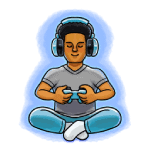

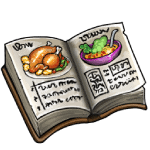
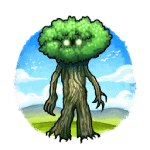
 Snacks
Snacks Water
Water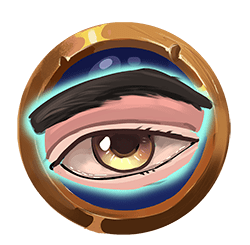 Eye Sight
Eye Sight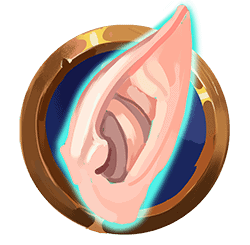 Hearing
Hearing

